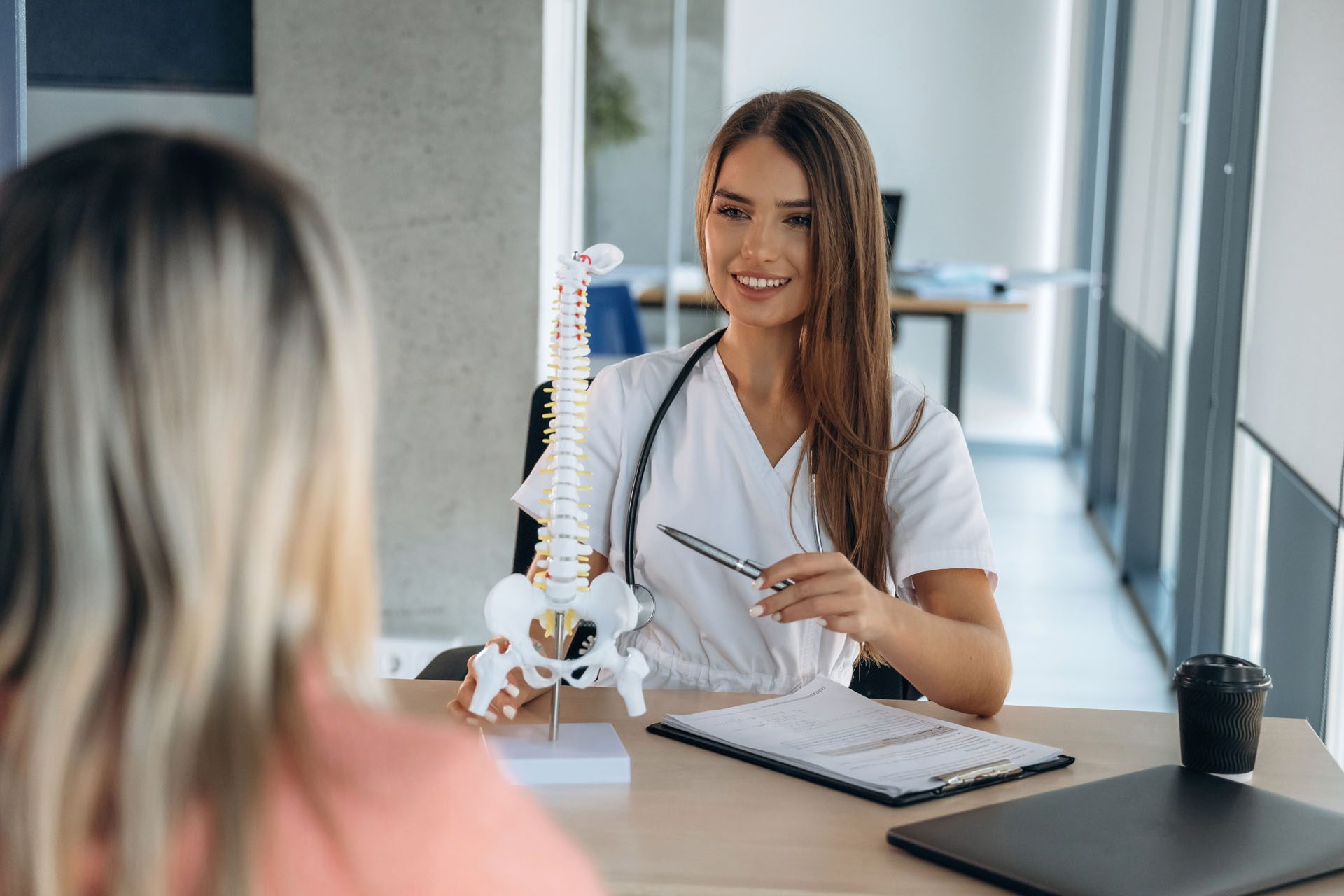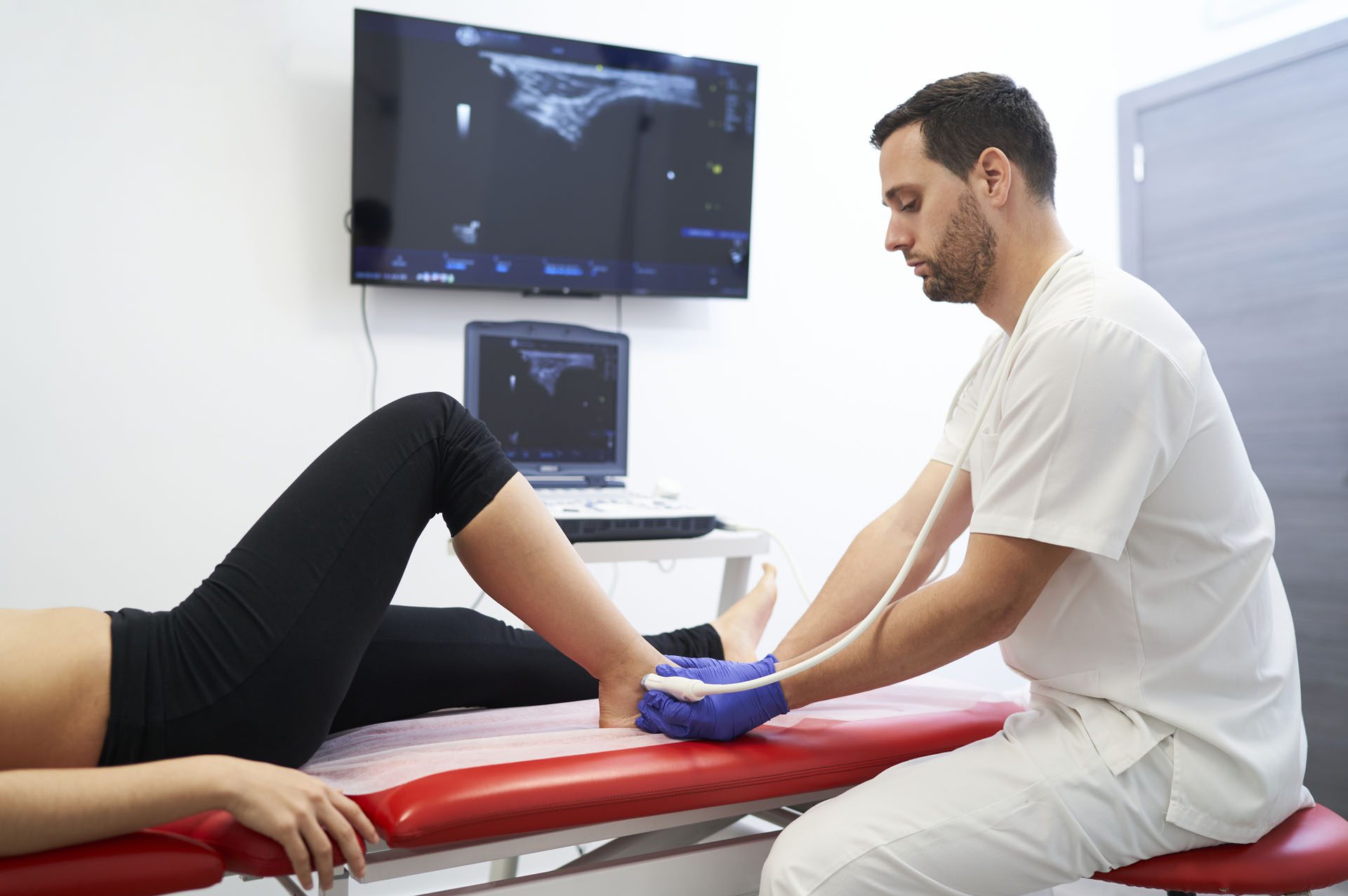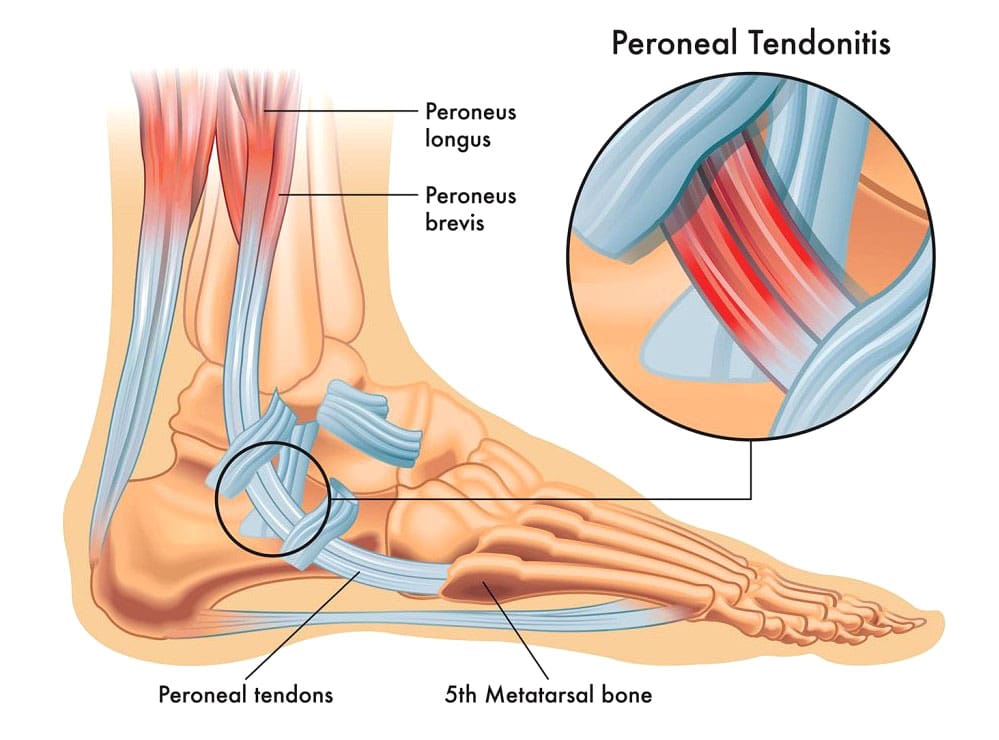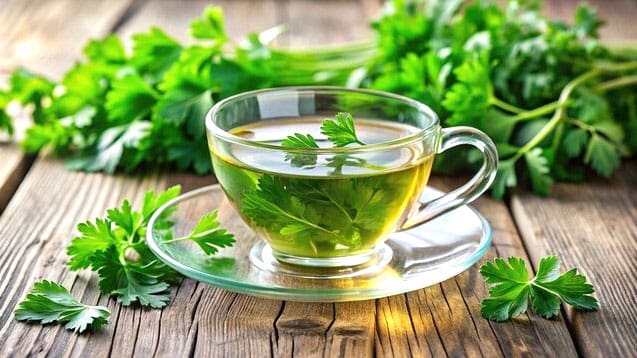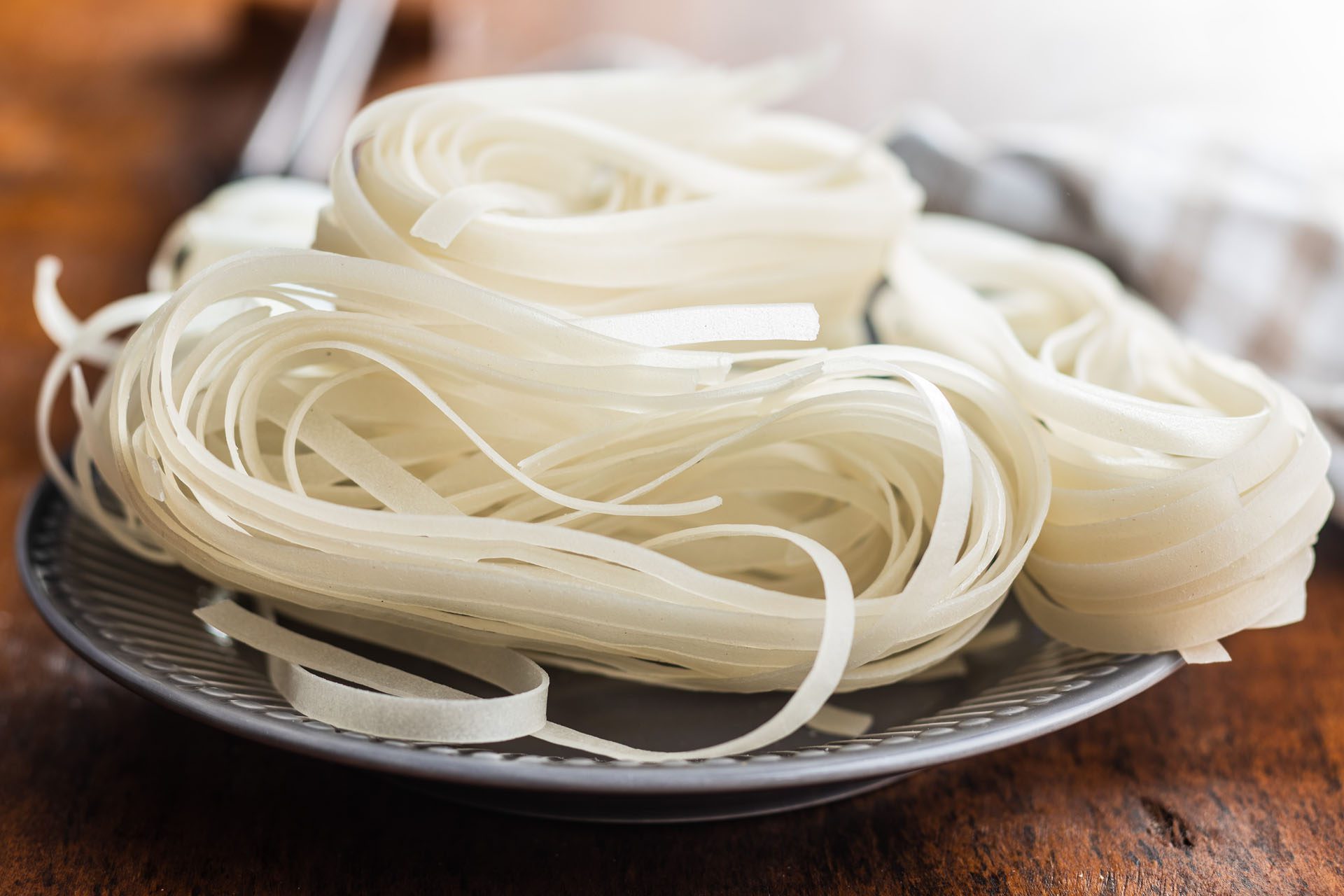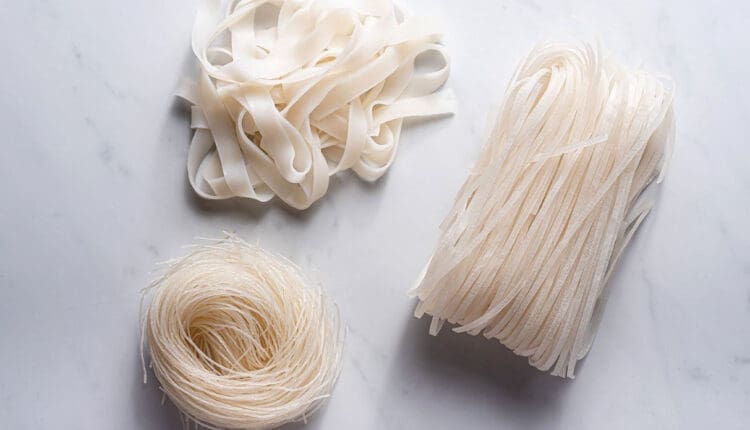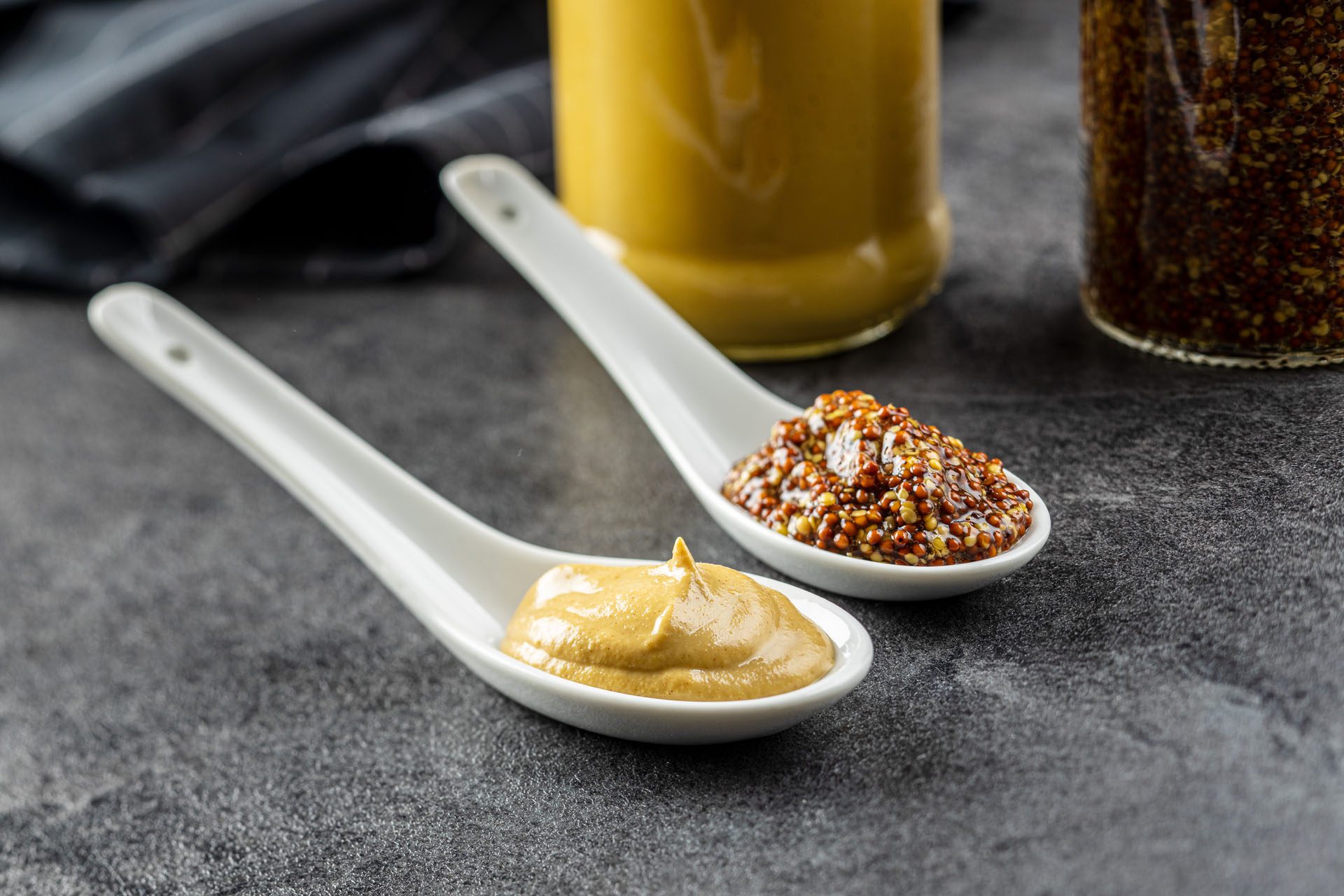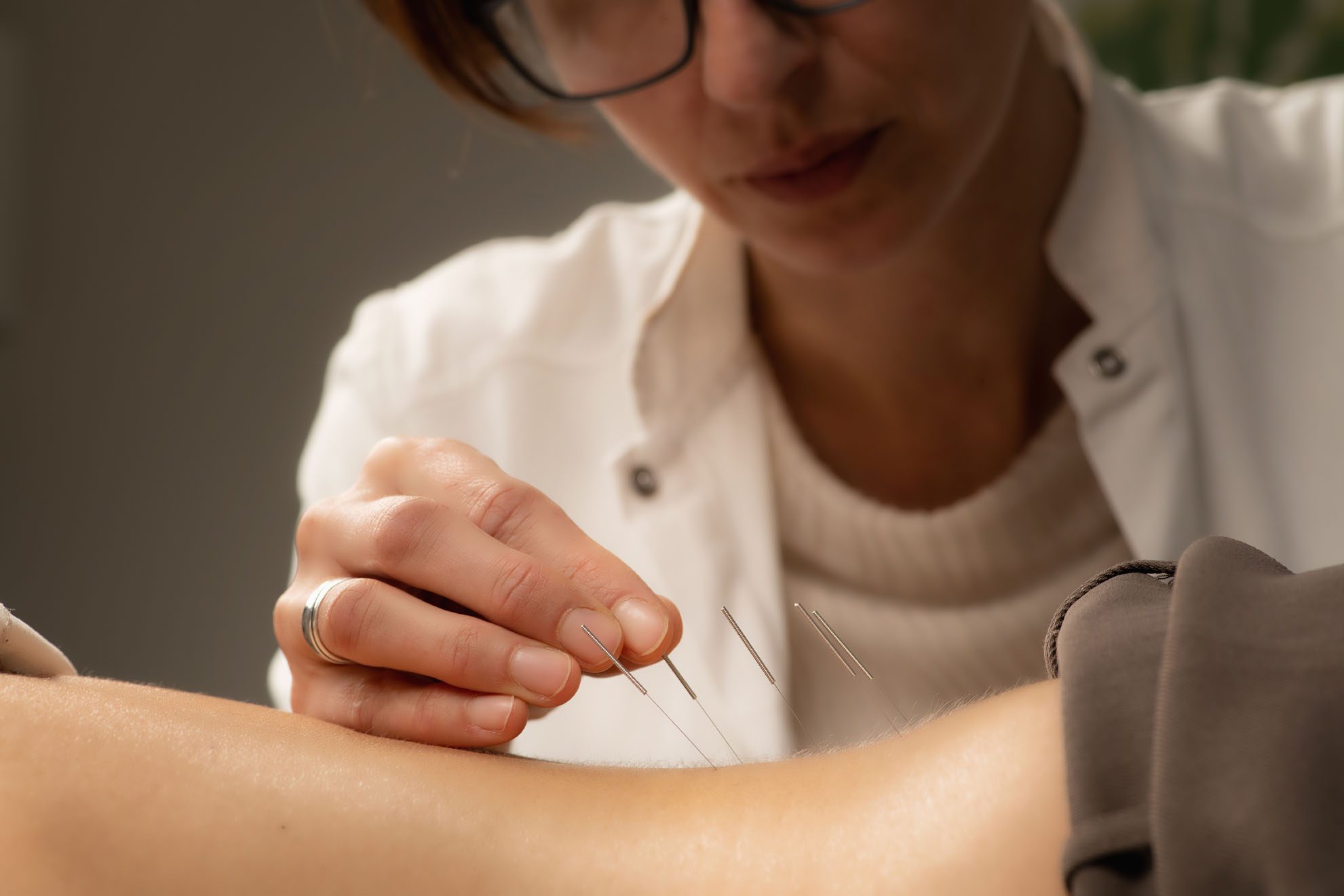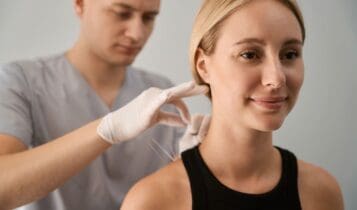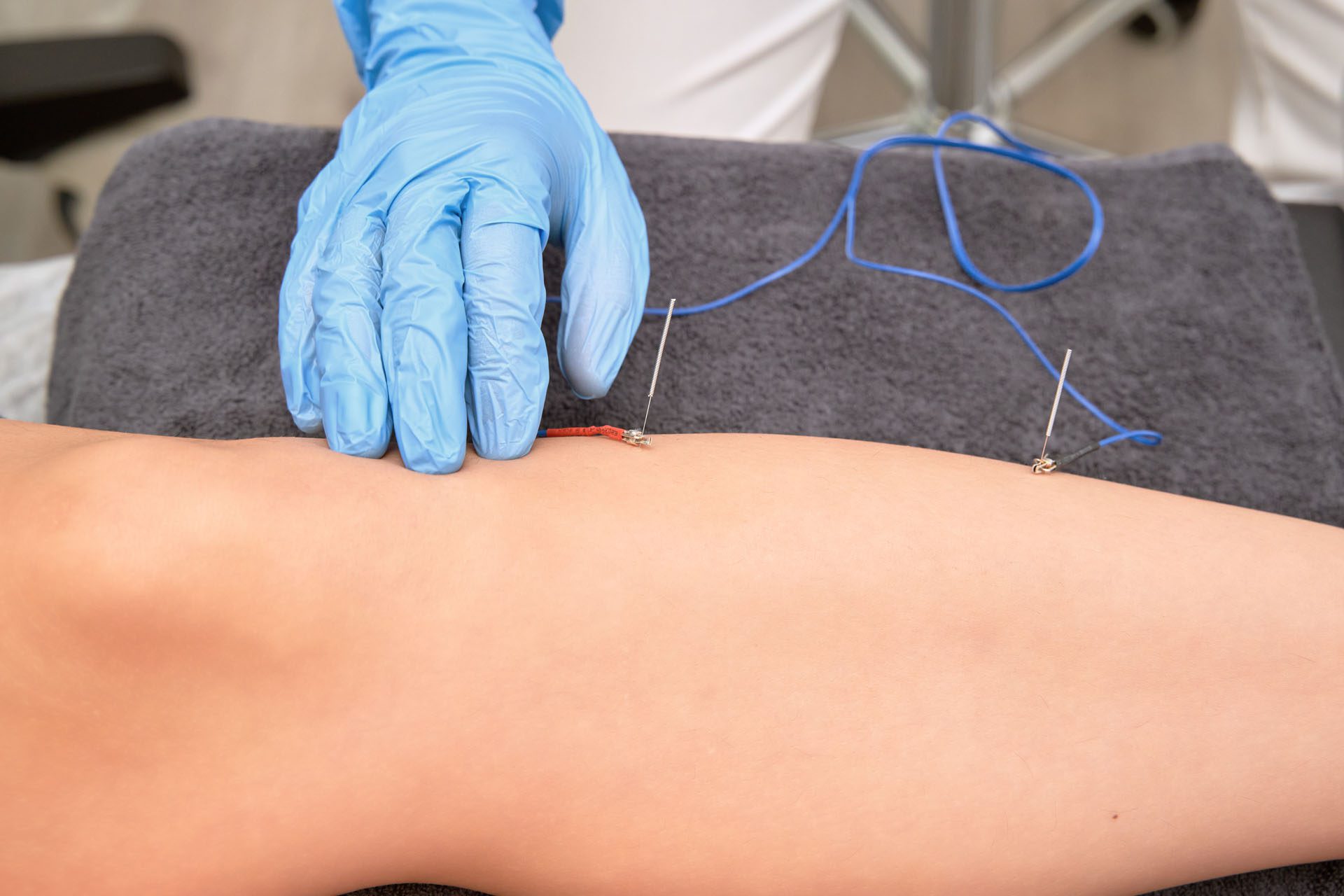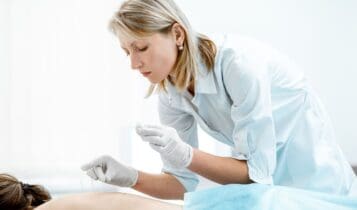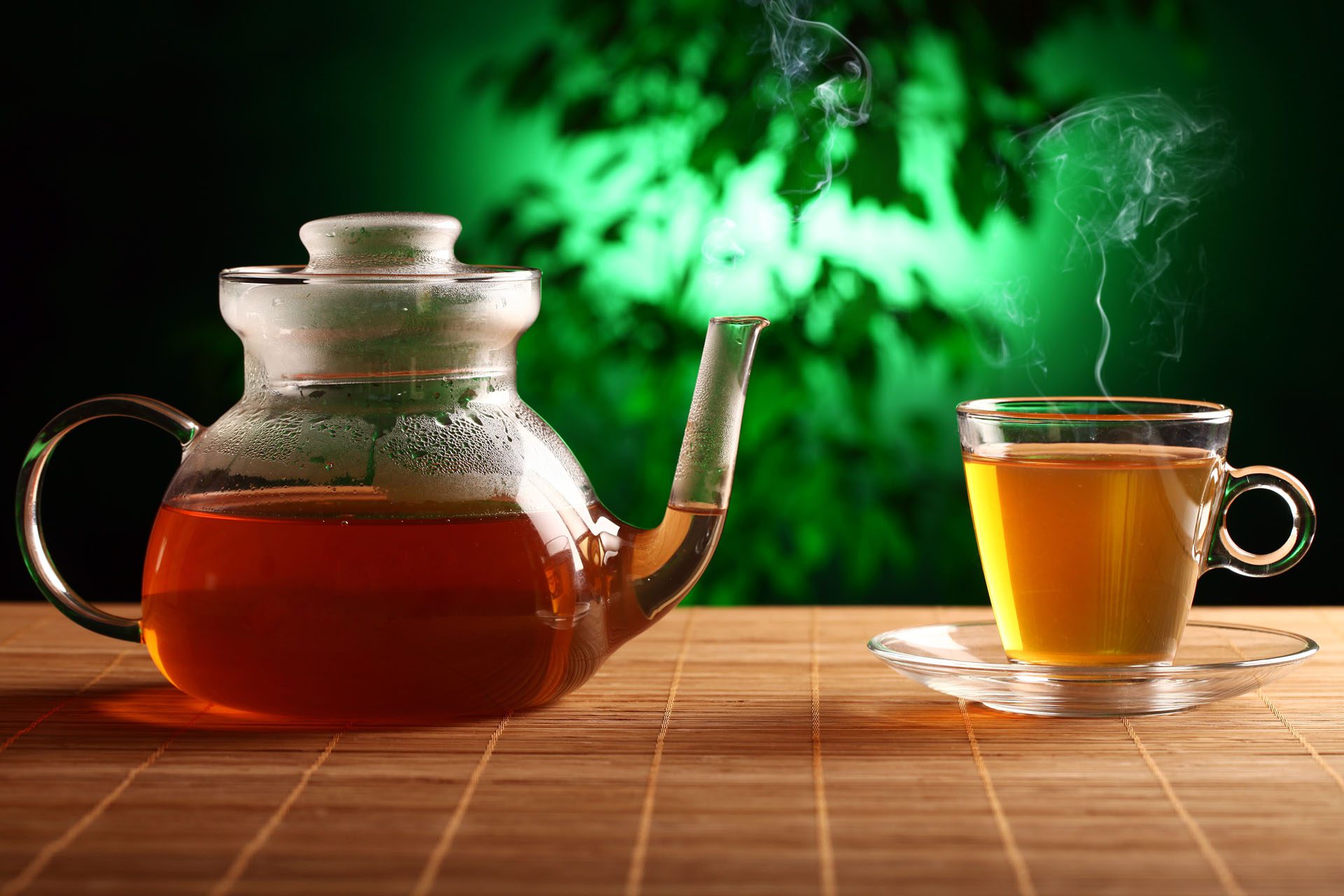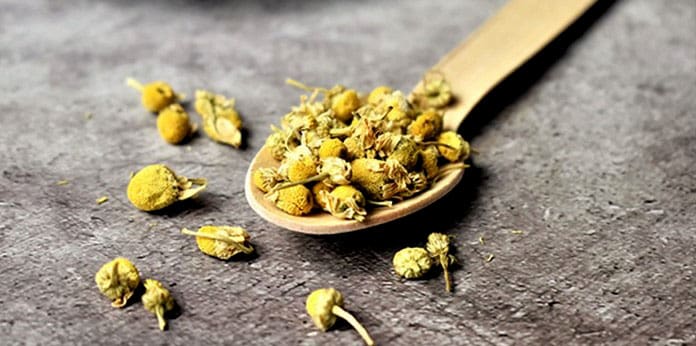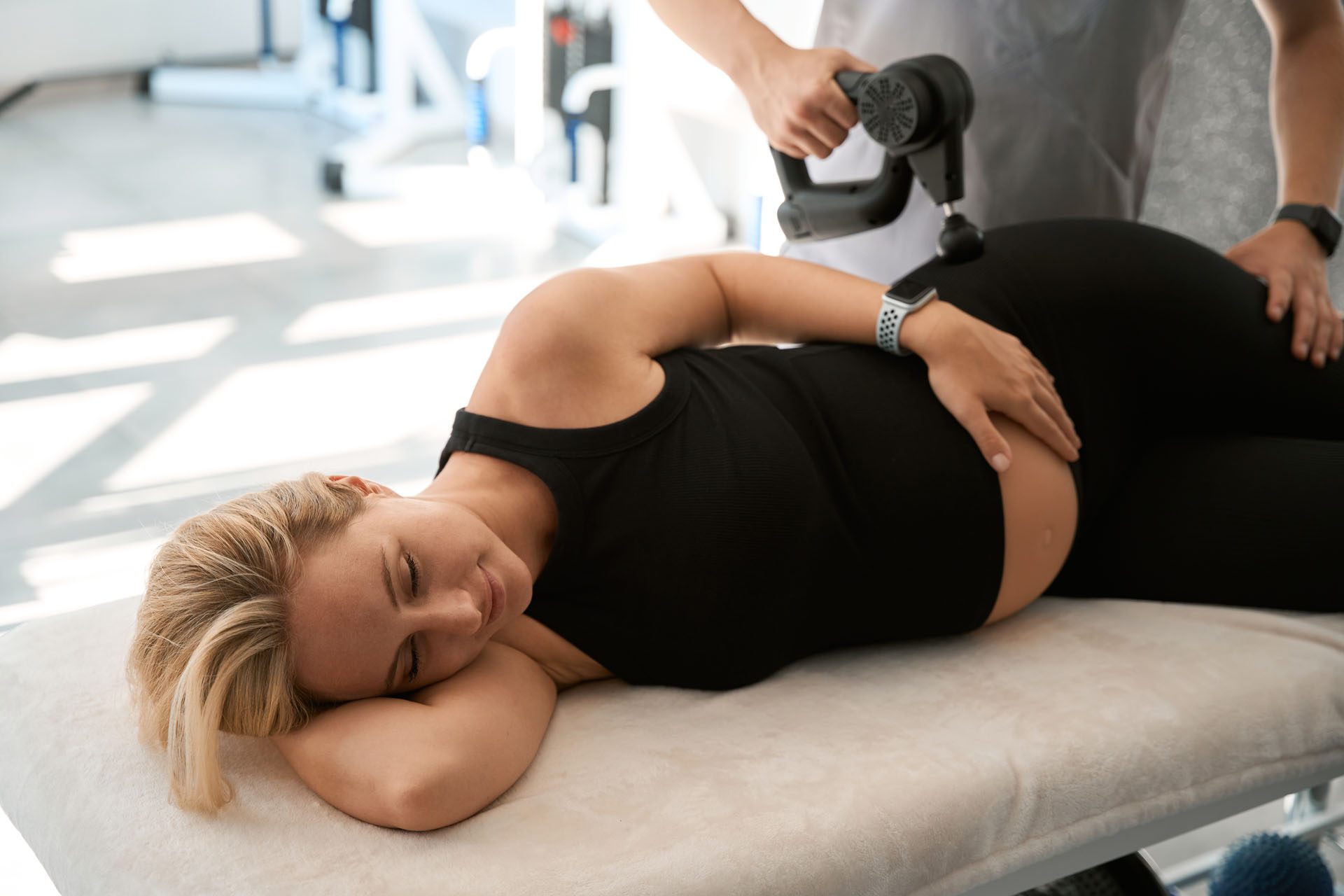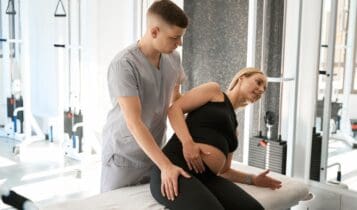Cheddar Cheese Nutritional Value Explained
While cheddar cheese’s high-calorie count and saturated fat content have nutritional drawbacks, can a moderate amount be an enjoyable part of a healthy diet?

Cheddar Cheese
Cheddar is a hard, cow’s milk cheese known for its dense, layered texture and nutty flavor. It is a favorite cheese served in quesadillas, mac and cheese, or on burgers. However, cheddar cheese nutrition isn’t considered ideal.
Nutrition
Nutrition information for 1 ounce/28 grams of cheddar cheese. (U.S. Department of Agriculture, 2019)
- Calories – 120
- Fat – 10 grams
- Sodium – 190 milligrams
- Carbohydrates – 0 grams
- Fiber – 0 grams
- Sugars – 1 grams
- Protein – 7 grams
- Calcium – 201.6 milligrams
- Vitamin A – 95.7 micrograms
- Vitamin B12 – 0.3 micrograms
Carbohydrates
- Cheddar contains zero carbohydrates, meaning it has no fiber and little sugar.
Fats
- Most health concerns focus on fat and saturated fat content. (Lordan R. et al., 2018)
- Whole-milk cheddar is high in total fat – 10 grams per ounce.
- Saturated fat – 6 grams per ounce.
- Traditionally, nutrition recommendations have advised consuming a diet low in saturated fat to reduce the risk of cardiovascular disease.
- However, research suggests saturated fat in whole foods like cheese may not harm heart health. (Astrup A., Geiker N. R. W., & Magkos F. 2019)
- Further research is needed to determine the pros and cons of saturated fat in dairy. (Hirahatake K. M. et al., 2020)
Protein
- It provides 7 grams per 1-ounce serving, and protein accounts for over 30% of cheddar’s calories.
- This can significantly add to one’s daily intake.
Vitamins and Minerals
- Calcium is a micronutrient at 200mg (or 20% of daily value) per ounce.
- One ounce provides 10% daily vitamin A recommendation and 14% phosphorus, plus small amounts of zinc, selenium, and riboflavin.
- Cheddar cheese can be relatively high in sodium at 190mg per ounce if trying to cut down on salt. (U.S. Department of Agriculture, 2019)
Health Benefits
Builds Healthy Bones
- With a healthy calcium content, cheddar can contribute to maintaining bone health.
- Getting enough calcium is critical to preventing osteoporosis/degeneration of bone density. (Malmir H., Larijani B., & Esmaillzadeh A. 2020)
Builds Muscle
- Protein performs a variety of functions in the body.
- Protein helps build muscle; it’s necessary to produce enzymes, give structure to cells, maintain fluid balance, and more. (Carbone J. W., & Pasiakos S. M. 2019)
Calorie-Dense
- Cheddar is calorie-dense, which increases its satisfaction factor.
May Help Weight Loss
- There is the belief that cheese causes weight gain; however, the full-fat dairy paradox, which goes against dietary guidelines, is the idea that full-fat dairy products may be healthier than low-fat or fat-free dairy,
- Research now suggests removing fat from dairy products may make them more likely to cause weight gain, making full-fat the better choice for weight management. (Soltani S., & Vafa M. 2017)
Compatible With Keto and Low-Carb Diets
- Because of cheddar’s high fat percentage, it’s compatible with high-fat nutrition plans.
- With zero carbohydrates, cheddar also fits well in low-carb diets.
Low Lactose
- Cheddar is one of the harder, aged cheeses that’s quite low in lactose.
- This means lactose-intolerant individuals can often eat it without unpleasant symptoms like bloating, stomach upset, and gas.
Allergies
- Although it is low in lactose, cheddar still contains casein and whey, two components that can trigger an immune response in individuals with a dairy allergy. (He, M. et al., 2017)
Storage and Safety
Cheddar does not technically require refrigeration. However, storing it in the fridge will help it last longer. According to the USDA, unopened cheddar can last up to six months in the refrigerator, and opened packages can last three to four weeks. Because it’s a hard cheese, cheddar even takes well to freezing, but this will not extend its life more than refrigeration. The USDA estimates cheddar can be frozen for about six months.
Preparation
Cheddar can be added to any number of cheesy dishes or, of course, served alone with crackers. It doesn’t require high heat to become nice and melty. Try adding a whole-grain base and veggies to increase the nutrients in dishes like cheesy casseroles, Mexican dishes, sandwiches, or pasta.
Injury Medical Chiropractic and Functional Medicine Clinic
Injury Medical Chiropractic and Functional Medicine Clinic works with primary healthcare providers and specialists to develop highly effective treatment plans through an integrated approach for each patient and restore health and function to the body through nutrition and wellness, functional medicine, acupuncture, Electroacupuncture, and integrated medicine protocols. We focus on what works for you to relieve pain, restore function, prevent injury, and mitigate issues through adjustments that help the body realign itself. The clinic can also work with other medical professionals to integrate a treatment plan to resolve musculoskeletal problems.
Osteoporosis
References
U.S. Department of Agriculture. FoodData Central. (2019). Cheddar Cheese. Retrieved from https://fdc.nal.usda.gov/food-details/494681/nutrients
Lordan, R., Tsoupras, A., Mitra, B., & Zabetakis, I. (2018). Dairy Fats and Cardiovascular Disease: Do We Really Need to be Concerned?. Foods (Basel, Switzerland), 7(3), 29. https://doi.org/10.3390/foods7030029
Astrup, A., Geiker, N. R. W., & Magkos, F. (2019). Effects of Full-Fat and Fermented Dairy Products on Cardiometabolic Disease: Food Is More Than the Sum of Its Parts. Advances in nutrition (Bethesda, Md.), 10(5), 924S–930S. https://doi.org/10.1093/advances/nmz069
Hirahatake, K. M., Astrup, A., Hill, J. O., Slavin, J. L., Allison, D. B., & Maki, K. C. (2020). Potential Cardiometabolic Health Benefits of Full-Fat Dairy: The Evidence Base. Advances in nutrition (Bethesda, Md.), 11(3), 533–547. https://doi.org/10.1093/advances/nmz132
Malmir, H., Larijani, B., & Esmaillzadeh, A. (2020). Consumption of milk and dairy products and risk of osteoporosis and hip fracture: a systematic review and Meta-analysis. Critical reviews in food science and nutrition, 60(10), 1722–1737. https://doi.org/10.1080/10408398.2019.1590800
Carbone, J. W., & Pasiakos, S. M. (2019). Dietary Protein and Muscle Mass: Translating Science to Application and Health Benefit. Nutrients, 11(5), 1136. https://doi.org/10.3390/nu11051136
Soltani, S., & Vafa, M. (2017). The dairy fat paradox: Whole dairy products may be healthier than we thought. Medical journal of the Islamic Republic of Iran, 31, 110. https://doi.org/10.14196/mjiri.31.110
He, M., Sun, J., Jiang, Z. Q., & Yang, Y. X. (2017). Effects of cow’s milk beta-casein variants on symptoms of milk intolerance in Chinese adults: a multicentre, randomised controlled study. Nutrition journal, 16(1), 72. https://doi.org/10.1186/s12937-017-0275-0


